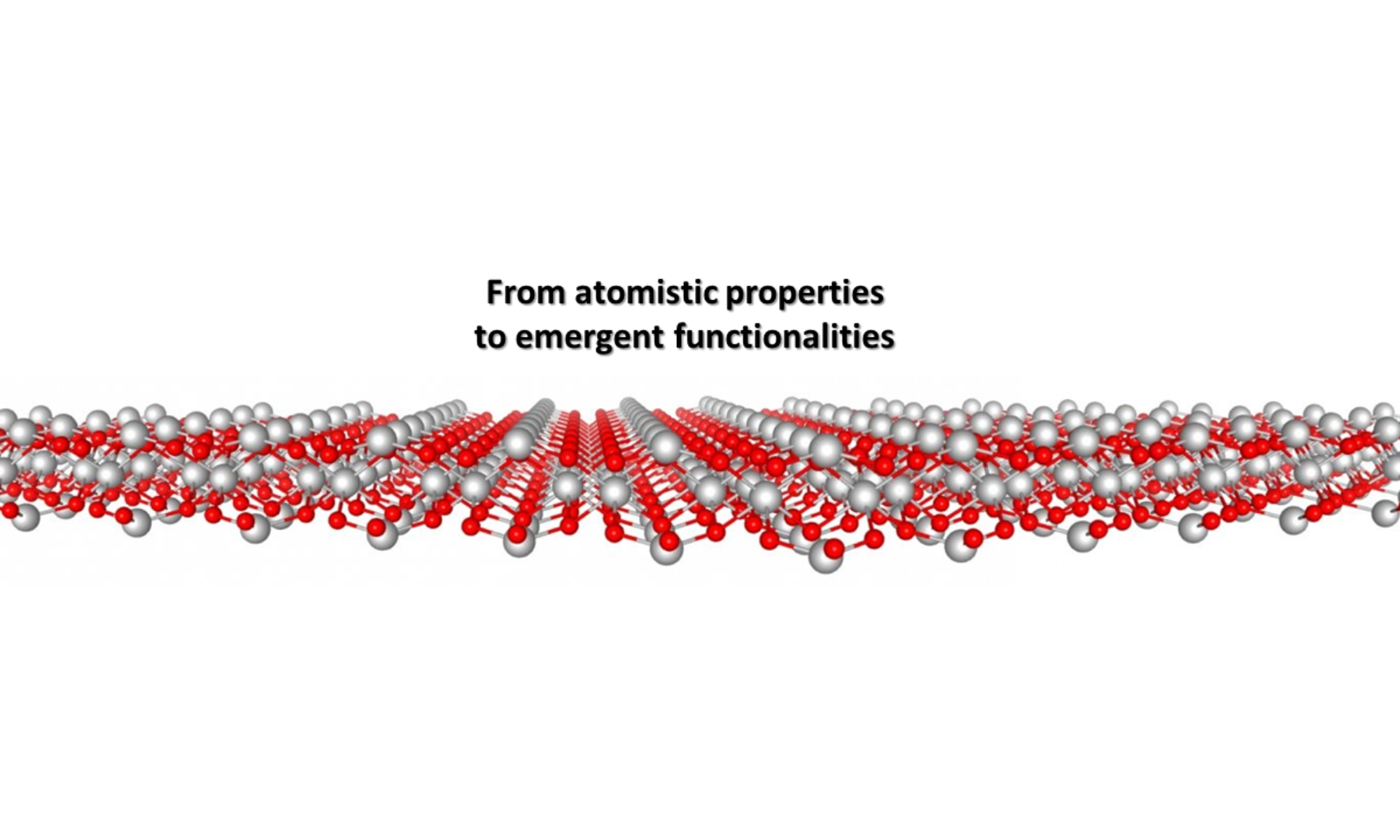Over the last decade, “in silico experiments” have become a full-fledged branch of scientific research, shoulder to shoulder with theory and experiment. In addition to the purely scientific challenge to describe (and predict) the behavior of materials as realistic as possible by means of computational techniques, there is also a rising economic aspect. Namely, it has been demonstrated that materials modelling is a key ingredient in enhancing efficiency and innovation in modern technology. This is fully recognized by the European Commission, repeatedly outlining the value and potential of materials modelling for industrial research and innovation, competitiveness, and profitability. With the advent of Graphene and Quantum Flagships funded by the EC, where the focus is on industrial applications, the need for materials modeling has become even stronger due to the complex nature of materials involved and the broadly-arching length scales at which envisaged devices will perform.
The recent rise of high-throughput techniques for the development of materials has further increased the impact of modeling. The current supercomputer infrastructure allows one to “scan” large classes of materials for desired properties and particular applications, which greatly reduces the number of experimental materials to be tested compared to the previous (costly) trial-and-error approach. With the development of “big data”, machine learning and artificial intelligence, data driven materials modelling is expected to play an ever-increasing role in the years to come.

